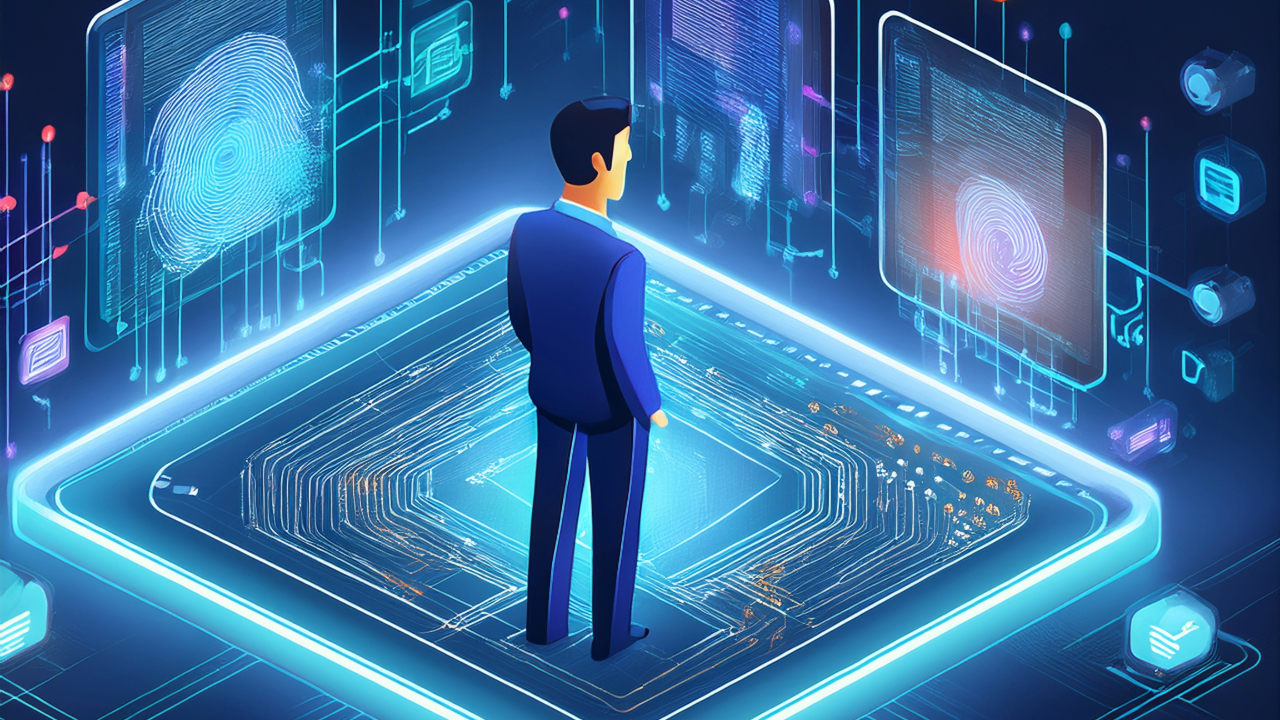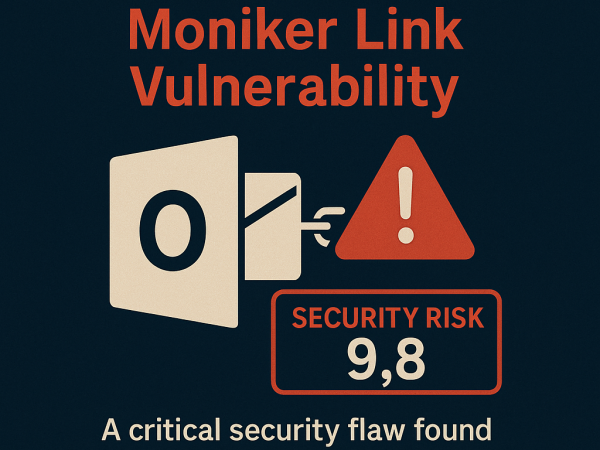We covered managing identities and access through identification, authentication, authorization and accountability. We also covered every single concept in details with regards to protecting confidentiality, integrity, availability and non-repudiation. This video was part of TryHackMe security engineering track and be used in preparing for COMPTIA Security+ Exam.

Identification, Authentication, Authorisation, and Accountability (IAAA) are four pillars of information security. Each of these elements plays an essential role in ensuring the confidentiality, integrity, and availability of sensitive information and resources.
- Identification is the process of verifying who the user is. It starts with the user claiming a specific identity. The identity can be represented by a unique identifier such as an email address, a username, or an ID number. Any identifier unique in the respective environment is a valid option; hence, many websites would rely on an email address for identification instead of asking the user to create a unique username.
- Authentication is the process of ensuring that the user is who they claim to be. In other words, this step is about confirming the claimed identity. One way to authenticate would be by providing the correct password. Because of potential password weaknesses, many other methods, such as asking users to type the code sent to their email, are gaining popularity.
- Authorisation determines what the user is allowed to access. In other words, they will be authorised to carry out specific operations based on their account privileges. This process is typically done by assigning roles and permissions based on the user’s job function or level of clearance. The risk of unauthorised access or data breaches is reduced by restricting access to only the resources necessary for the user to perform their duties.
- Accountability tracks user activity to ensure they are responsible for their actions. After a user is granted access to a system, it is essential to have mechanisms that hold everyone accountable for their actions. This process is achieved by logging all user activity and storing it in a centralised location. In the event of a security incident, this information can be used to identify the source of the problem and take appropriate action.
Identity Management (IdM)

IdM is an essential component of cybersecurity that refers to the process of managing and controlling digital identities. It involves the management of user identities, their authentication, authorisation, and access control. The main goal of IdM is to ensure that only authorised individuals have access to specific resources and information. IdM systems are used to manage user identities across an organisation’s network.
IdM systems use a centralised database to store user identities and access rights. They also provide functionalities to manage and monitor user access to resources. IdM systems generally include features such as user provisioning, authentication, and authorisation. User provisioning refers to the process of creating and managing user accounts, while authentication and authorisation refer to verifying the identity of a user and granting access to specific resources.
IdM systems are critical in organisations where there are multiple systems and applications that require access control. They help to simplify the management of user identities, reducing the risk of unauthorised access to resources. In addition, IdM systems provide a single point of reference for user identity management, which makes it easier for organisations to manage user access rights.
Identity and Access Management (IAM)

IAM is a more comprehensive concept than IdM. It encompasses all the processes and technologies to manage and secure digital identities and access rights. IAM systems include a variety of functions, such as user provisioning, access control, identity governance, and compliance management. IAM systems ensure that only authorised users have access to specific resources and data and that their access is monitored and controlled.
IAM systems provide a comprehensive solution to manage and secure access to resources in an organisation. They integrate with multiple systems and applications, providing a centralised view of user identities and access rights. IAM systems use various technologies to manage access, including role-based access control, multi-factor authentication, and single sign-on.
IAM systems help organisations comply with regulatory requirements such as HIPAA, GDPR, and PCI DSS. They provide functionalities to manage the lifecycle of user identities, including onboarding, offboarding, and access revocation. In addition, IAM systems allow organisations to track and audit user activity, which helps to prevent security breaches and ensure compliance with industry regulations.
IdM and IAM are essential components of cybersecurity. They ensure that only authorised individuals have access to specific resources and information. IdM systems manage user identities, while IAM systems encompass broader functions to manage and secure digital identities and access rights.
A system controls access to various resources based on the chosen model. Some of the common access control models are:
- Discretionary Access Control (DAC)
- Role-Based Access Control (RBAC)
- Mandatory Access Control (MAC)
Discretionary Access Control
Many have already used Discretionary Access Control (DAC) when sharing files or folders with friends and colleagues. When using DAC, the resource owner will explicitly add users with the proper permissions.
Consider the following example. You store your photos on one of the online storage platforms. To share all the images related to your graduation with your family, you add their accounts individually and grant them access to the respective album. Eventually, the album permissions with show a few accounts with view permissions.
The whole process is straightforward and fully controlled by the data owner. It works very well for sharing with family members or a few company users. However, this can get tricky as you try to scale sharing with many users, especially as a user’s role changes over time. This situation brings us to sharing based on user roles.
Role-Based Access Control
Role-Based Access Control (RBAC) uses a very intuitive approach. Each user has one or more roles or functional positions; furthermore, they are authorised to access different resources based on their roles.
An accountant needs to access the company accounting books but does not need to access research and development labs or documents. Consequently, users are put into different groups based on their roles. Authorisation and access will be granted based on the group to which a user belongs.
Classifying users based on their roles brings many advantages. For instance, if a user is tasked with a new role, all that is required is to add them to the new respective group. Moreover, if the users gave up a particular role, we only need to remove them from the old group. This approach makes maintenance more manageable and more efficient.
Mandatory Access Control
An operating system using Mandatory Access Control (MAC) would prioritise security and significantly limit users’ abilities. Such systems are used for specific purposes or to handle highly classified data. Consequently, users do not need to carry out tasks beyond the strictly necessary. In other words, users won’t be able to install new software or change file permissions.
AppArmor gives the ability to have MAC on a Linux distribution. It is already shipped with various Linux distributions, such as Debian and Ubuntu.
The SELinux project provides a flexible MAC for Linux systems. It is standard for several Linux distributions, such as Red Hat and Fedora.
Answer the following questions using the correct item number from the numbered list below.
- DAC
- RBAC
- MAC
TryHackMe Identity and Access Management Room Answers
Which process would require you to enter your username?
Although you have write access, you should only make changes if necessary for the task. Which process is required to enforce this policy?
Which of the following cannot be used for identification?
- Email address
- Mobile number with international code
- Year of birth
- Passport number
Which of the following cannot be used for identification?
- Landline phone number
- Street number
- Health insurance card number
- Student ID number
Your bank lets you finish most of your banking operations using its app. You can log in to your banking app by providing a username and a password and then entering the code received via SMS. What kind of authentication is the banking app using?
Your new landline phone system at home allows callers to leave you a message when the call is not picked up. You can call your home number and enter a secret number to listen to recorded messages. What kind of authentication is being used here?
You have just started working at an advanced research centre. You learned that you need to swipe your card and enter a four-digit PIN whenever you want to use the elevator. Under which group does this authentication fall?
You shared a document with your colleague and gave them view permissions so they could read without making changes. What would ensure that your file won’t be modified?
The hotel management decided that the cleaning staff needed access to all the hotel rooms to do their work. What phase is this decision part of?
What does IAM stand for?
You published a post on a social media platform and made it only visible to three out of your two hundred friends. What kind of access control did you use?
Does SSO simplify MFA use as it needs to be set up once? (Yea/Nay)
Is it true that SSO can be cumbersome as it requires the user to remember and input different passwords for the various services? (Yea/Nay)
Does SSO allow users to access various services after signing in once? (Yea/Nay)
Does the user need to create and remember a single password when using SSO? (Yea/Nay)





Thank you! This was very helpful!